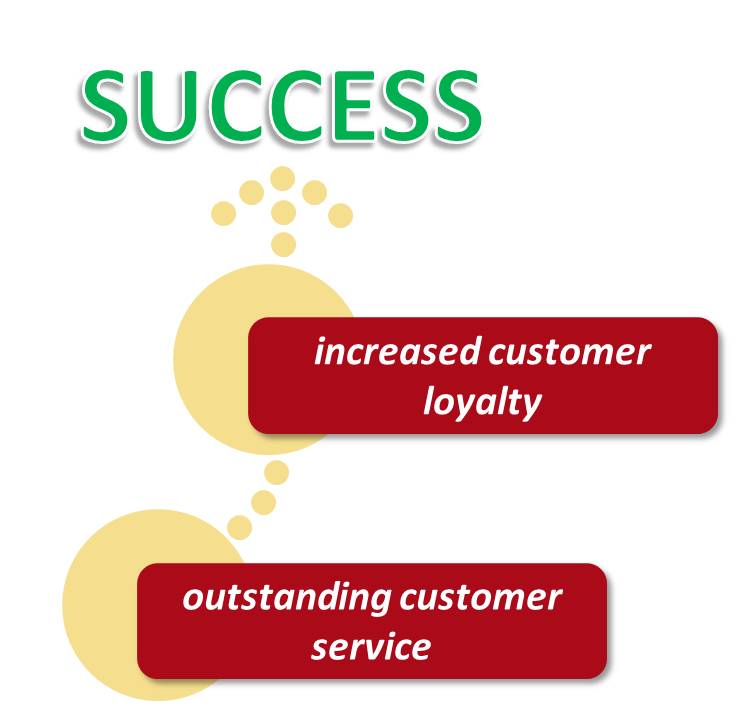It’s no coincidence that companies that deliver outstanding customer service are industry leaders and innovators. So why aren’t companies focusing on improving the service that they deliver? It seems like this is a no-brainer; however, companies get too lazy, caught up in the day-to-day, and/or don’t want to invest the time and money on mandating a focus on service excellence. Don’t be one of these companies- it’s careless and brainless.
Still need some convincing about why customer service should be a top priority? From a Salesforce blog post by Kendall Thorton, “18 Interesting Stats to Get You Rethinking Your Customer Service Process,” here are 8 powerful statistics:
- It is 6-7 times more costly to attract a new customer than it is to retain an existing customer. (White House Office of Consumer Affairs)
- 89% of consumers have stopped doing business with a company after experiencing poor customer service. (RightNow Customer Experience Impact Report)
- Consumers are 2 times more likely to share their bad customer service experiences than they are to talk about positive experiences. (2012 Global Customer Service Barometer)
- A customer is 4 times more likely to buy from a competitor if the problem is service related vs. price or product related. (Bain & Co.)
- 33% of consumers would recommend a brand that provides a quick but ineffective response, while 17% of consumers would recommend a brand that provides a slow but effective solution. (Nielsen-McKinsey)
- It takes 12 positive customer experiences to make up for one negative experience. (Parature)
- 70% of buying experiences are based on how the customer feels they are being treated. (McKinsey)
- 55% of consumers would pay more for a better customer experience. (Defaqto Research)
The last one (#8) really resonates with me as so many of my buying decisions are driven by the confidence that I have in the level of service that I will receive. Paying a premium to receive outstanding service (and a great product) is worth the extra expense. For example, we have recently chosen to spend 10% more on the cost of a flooring install simply because the chosen vendor has been quick to respond to our inquiries and has connected with us on a personal level during each interaction (whenever we talk, the gentleman accurately recalls something about our family- whether it be our kids, dog, etc.). We, of course, also believe that the workmanship will be top notch.
Now you really “get it,” so what can you do to create a strong service culture? You have to start somewhere, so how about you start with the basics. Just make it a standard of your business to connect with your customers and to truly service them with a smile. Once you feel the positive impact of this, you will want to instill the new service excellence culture further.
What ideas do you have for ways that businesses can easily implement better customer service? Please share in the comments.

